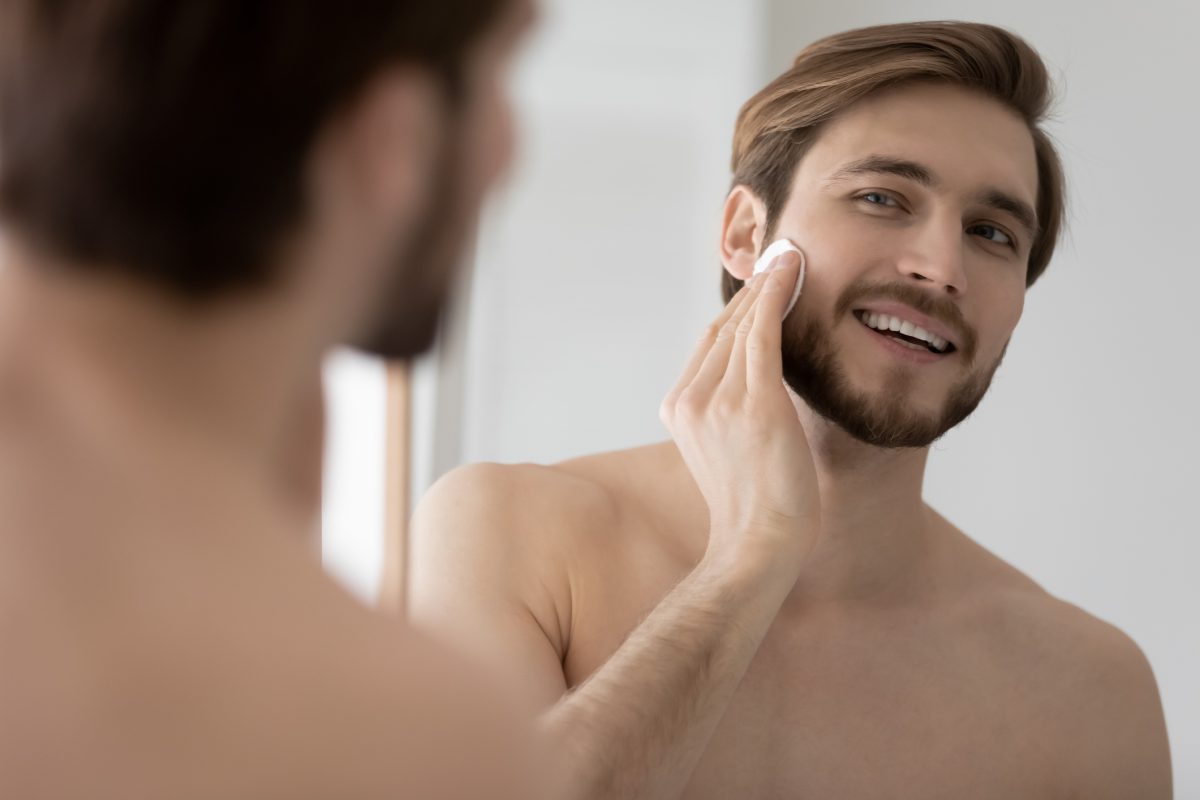You’ve likely heard of Botox. The minimally-invasive injectable, which can relax wrinkle-causing facial muscles, is trending among men. About 250,000 men received Botox in 2020, according to a report from the American Society of Plastic Surgeons. Though it’s a far cry from the more than 4 million women who underwent the procedure, it’s considerably more than in 2000.
There’s another potential wrinkle in the “Brotox” trend: Baby botox. The reduced-dosage Botox went from TikTok to the Washington Post last year, with Gen-Z and Millennials in particular saying they’re doing it to “prevent wrinkles.” However, there’s no peer-reviewed research on low-dose Botox, though studies have shown regular Botox is a low-risk way to reduce facial wrinkles.
Exactly what is baby Botox, and do experts think it’s worth a shot? We spoke with a pair of experts and pored through data to answer your most pressing questions, including: How many units is baby Botox? And how much does baby Botox cost?
What is baby Botox?
Baby Botox is like regular Botox, but it’s administered at lower doses.
“Botox is an injectable drug with the main active ingredient of botulinum toxin type A, a neurotoxin that is derived from the bacterium Clostridium botulinum,” explains Dr. Michele Green, a cosmetic dermatologist.
Botox stops targeted muscles from contracting.
“This temporarily paralyzes the targeted muscle and prevents repeated muscle movement, like furrowing and raising your eyebrows, which leads to dynamic wrinkles,” Green says.
How many units is baby Botox? There’s no hard-and-fast number. An average dose of regular Botox is 30 to 40 units, so baby Botox would be administered at lower dose, such as 10 units.
Who is baby Botox best for?
Dr. Green recommends baby Botox to patients in their 20s and 30s “who are starting to develop fine lines and want to prevent them from becoming dynamic or static wrinkles.”
Dynamic wrinkles present when showing emotion, such as “laugh lines,” while static wrinkles are visible even when the face is neutral.
“Baby Botox is more preventative, while Botox is more corrective,” notes Dr. Green.
Dr. Alexander Zuriarrain, a quadruple board-certified plastic surgeon with Zuri Plastic Surgery, also recommends baby Botox to people on the fence about the more traditional procedure.
“Traditional Botox can paralyze the muscle for a longer period . . . If you are not happy with a result, [that] can mean that you will have to be patient and wait longer for the effects of the traditional Botox to resolve,” Dr. Zuriarrain says. “Maybe Botox can be a good way to see if you like using Botox.”

What doesn’t baby Botox do?
The lasting effects of baby Botox can be good or bad.
“This form of baby Botox lasts significantly less time than traditional Botox dosages,” Dr. Zuriarrain says. “It does not have the same prolonged efficacy in reducing fine lines and wrinkles, as it requires repetitive injections throughout a shorter time span.”
It’s also not a miracle. Aging is a natural process that can be slowed but not entirely stopped, and lifestyle and genetics play a role.
“Our skin naturally loses collagen and elastin with age due to factors like sun damage, smoking, and genetics,” Dr. Green says. “Additionally, the rate of collagen synthesis slows with age. This contributes to the formation of fine lines and wrinkles, as well as skin laxity or loose skin.”
What are the risks of baby Botox?
Botox is generally a safe procedure. However, all procedures come with some risks. Green says the risks of baby Botox include:
- Mild but temporary swelling at the injection site
- Temporary bruising
- Headache
- Flu-like symptoms
- Dry eyes
- Excessive tearing
- Drooping eyelids
- Vision problems
- Muscle weakness
Dr. Green stresses that the first two — swelling and bruising — are the most common, and the rest are rare. She says the swelling often resolves more quickly if a person applies an ice pack or cold compress right after the treatment. If rarer but more severe side effects occur, Dr. Green says it’s essential to alert the provider. Also, being upfront from the get-go can reduce the risk of serious reactions.
“It is important to disclose if you have any known allergies to any of the ingredients in Botox and if you have any muscle nerve conditions like ALS or Lou Gehrig’s Disease,” Dr. Green says.

How much does baby Botox cost?
It depends on how many units you’re getting, where you live, and which professional does the procedure. The American Society of Plastic Surgeons estimates the average cost to be between $10 to $15 per unit. Ten units of baby Botox will run you about $100 to $150.
Baby Botox is one way to try to slow aging, but it’s not the only way. The American Academy of Dermatology Association says lifestyle tweaks, like smoking cessation and wearing a broad-spectrum sunscreen that is SPF 30 or higher, can also reduce premature aging. Self-tanner and ultraviolet protection factor (UPF) clothing can also reduce ultraviolet ray exposure — a common culprit of aging. You’ll also reduce your risk of skin cancer in the process. A gentle cleanser, daily moisturizer, and a healthy diet low on processed food and alcohol are also ways to sip from the fountain of youth. That said, baby Botox is generally safe to try. Just remember: It can’t change your genetics or fight off Mother Nature forever.






